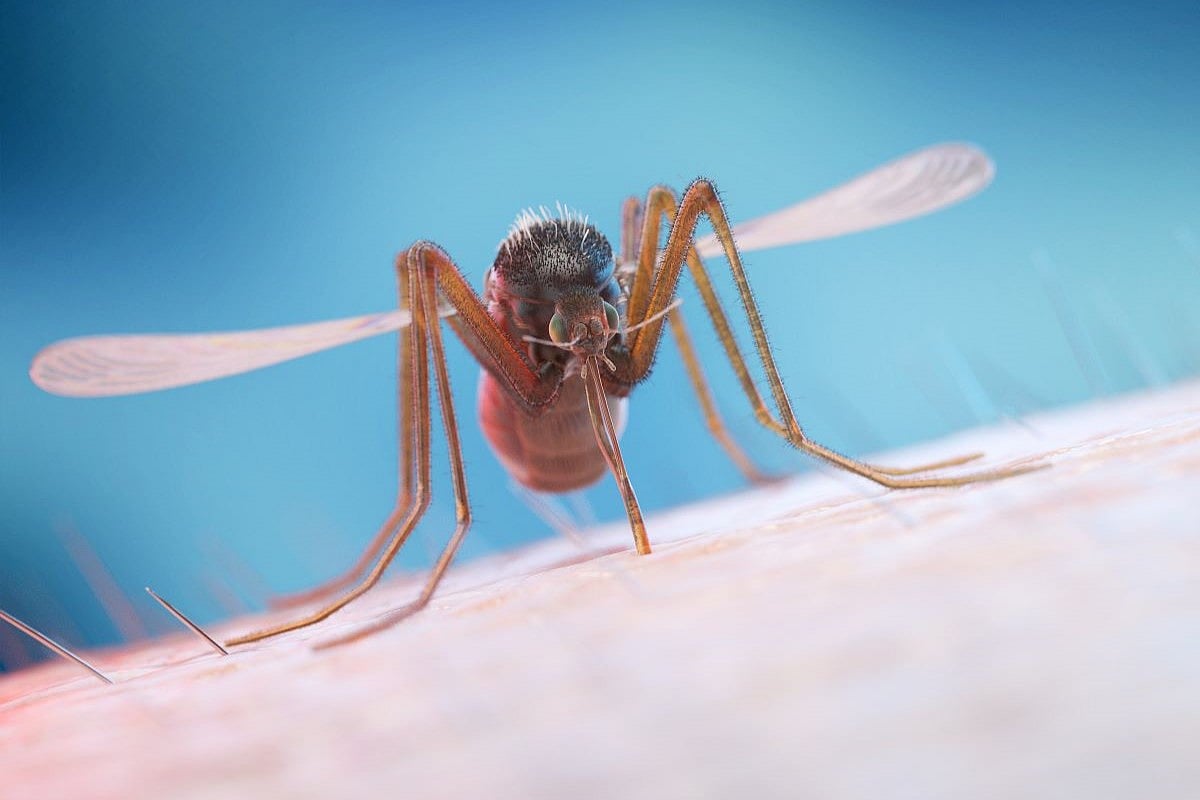Manténgase sano!

- Dennis Thompson
- Posted September 3, 2024
What Is the EEE Mosquito-Borne Virus?
New England is on alert following one death and a handful of infections of eastern equine encephalitis (EEE) virus.
A New Hampshire resident died after contracting EEE, which is spread by mosquito bites, according to a release issued in late August from the New Hampshire Department of Health and Human Services.
Four other cases have been reported in Vermont, Massachusetts, New Jersey and Wisconsin, the U.S. Centers for Disease Control and Prevention says.
Those numbers are likely underestimates because most people infected with EEE develop mild symptoms like headache, fever and general malaise, and never seek care, said Dr. Jonathan Abraham, an infectious disease specialist at Brigham and Women’s Hospital.
“About 2% of people go on to develop encephalitis, a form of brain infection, which is the most dangerous complication of the disease,” Abraham said in a Harvard Health news release. “Up to one third of those with encephalitis die from it.”
“And many survivors develop lasting symptoms, including seizures and paralysis, and may require long-term institutional care,” Abraham added. “So, although it is a relatively rare complication, the consequences can be devastating.”
People younger than 15 and older than 50 tend to develop more severe infections, Abraham said.
There currently are no treatments available for severe cases of EEE, outside of supportive care, he noted.
Vaccine research for EEE has been stymied by the fact that outbreaks of the virus are sporadic, making it tough to test any jab or even predict who would most benefit from vaccination, Abraham said.
But labs are exploring treatments that could lure the virus away from human brain cells, preventing the development of encephalitis, Abraham said.
“But there is an equally serious challenge that goes along with developing treatments. It is the ability to rapidly identify infected people so they can get the treatment as soon as possible,” he added.
“This is because some people present with fever and quickly progress to coma, but by the time we test, the virus is generally gone from the body,” he said. “We need rapid diagnostic tests to identify the active viral infection early and treat.”
The last lethal EEE outbreak in humans was in 2019.
“The 2019 outbreak occurred in multiple states and involved 38 cases, making it the biggest outbreak in 50 years,” Abraham said. “Then the weather got cold, it blew away and then came COVID.”
Abraham said the ebbs and flows of this and other mosquito-borne illnesses can be mostly explained by climate.
“For example, if we have more rainfall, there are more mosquitoes and therefore more opportunities for transmission,” Abraham explained.
However, there likely are other factors that could be important, such as the waning of human immunity to the virus between outbreaks, he said.
People in affected areas should do whatever they can to reduce their chance of a mosquito bite, Abraham said. This could include wearing protective clothing, following curfews and using insect repellant.
“This latest outbreak should be a reminder that this is not our first bout with EEE virus and it won’t be our last,” Abraham said. “It’s a reminder that we should have humility and respect for these viruses. As we learned from COVID, viruses are unpredictable.”
More information
The U.S. Centers for Disease Control and Prevention has more about eastern equine encephalitis.
SOURCE: Harvard University, news release, Aug. 29, 2024









